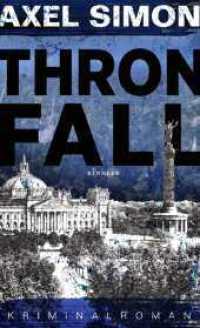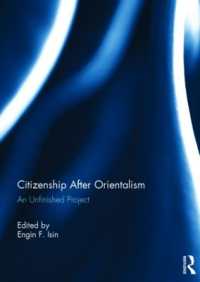- ホーム
- > 洋書
- > 英文書
- > Science / Mathematics
Full Description
Focusing on how parametric design, AI, and machine learning can optimize energy efficiency, enhance urban planning, and tackle environmental challenges, this book serves as a crucial resource for students, researchers, and industry professionals.








